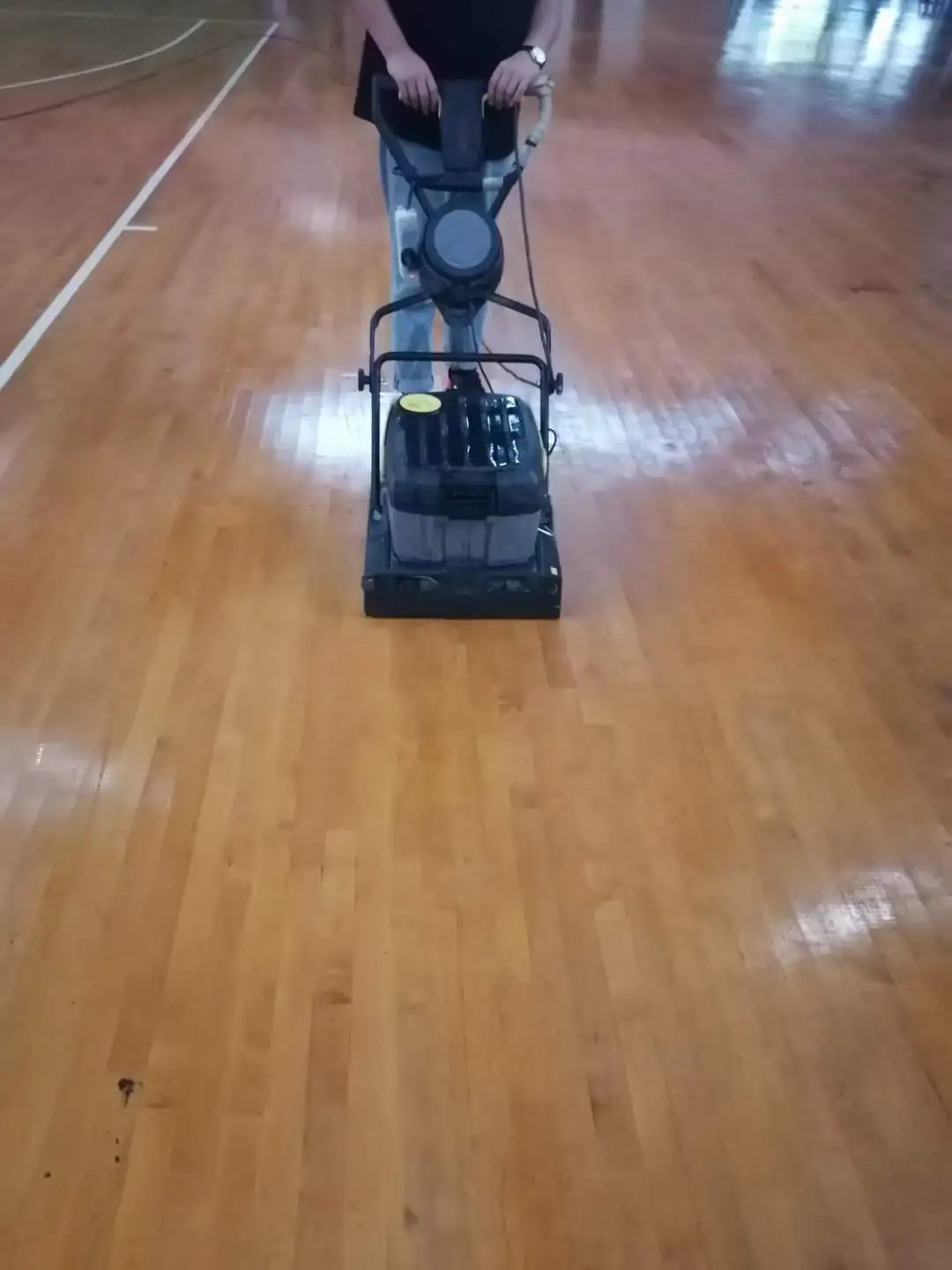Sports Wood Flooring Maintenance Services: Understanding the Difference Between Regular Inspections and Emergency Repairs
Investing in sports wood flooring is a significant commitment, especially for venues that host high-traffic events or intense physical activities. To ensure your flooring maintains its performance and longevity, understanding the difference between regular maintenance checks and emergency repair services is essential. While both services play crucial roles in preserving the integrity of your floor, they serve different purposes and should be scheduled accordingly.
What Is Regular Maintenance?
Regular maintenance refers to periodic, scheduled checks and upkeep designed to prevent potential issues before they become serious problems. These inspections help identify wear and tear from everyday use and ensure that your floor remains in top condition.
Key Components of Regular Maintenance:
- Visual Inspections: Checking for minor cracks, chips, or changes in the wood finish.
- Cleaning: Ensuring that dirt, dust, and moisture are removed to prevent buildup that could damage the surface.
- Re-coating or Refinishing: Applying protective coatings or refinishing the surface to restore the wood’s appearance and ensure durability.
- Moisture Control Checks: Regular assessments of the moisture levels in both the wood and the subfloor to prevent warping and buckling.

When to Schedule Regular Maintenance?
Regular inspections should be performed at least twice a year, but this can vary depending on the volume of traffic and the activities taking place in the venue. For example, gyms or sports arenas with heavy use may need maintenance more frequently. By scheduling these inspections, you proactively prevent small issues from escalating, saving you time and money in the long run.
What Is Emergency Repair?
Emergency repairs are necessary when unexpected damage occurs that threatens the safety or functionality of your floor. These repairs are typically required when something goes wrong quickly—such as damage from heavy equipment, water exposure, or accidents that cause immediate harm to the flooring. In contrast to regular maintenance, emergency repairs require swift action to prevent further damage and maintain the safety of those using the space.
Key Scenarios for Emergency Repairs:
- Sudden Water Damage: Spills or flooding that affect the wood, leading to swelling or warping.
- Major Scratches or Cracks: Damage that compromises the structural integrity of the floor or creates trip hazards.
- Uneven Surface or Buckling: Immediate issues that affect the evenness of the floor, causing discomfort or risk during activities.
- Accidental Impact: Serious impacts from dropped heavy equipment or furniture that cause visible damage to the flooring.
When to Call for Emergency Repairs?
If you notice any of the above issues that could interfere with the functionality of the floor or pose safety risks, it’s crucial to call for emergency repairs immediately. The goal is to fix the problem quickly before it worsens, potentially requiring more expensive repairs or replacements.
The Importance of Both Services
While emergency repairs are critical when damage occurs, regular maintenance is equally important for keeping your sports wood floor in peak condition. Regular maintenance allows you to spot and address minor issues before they require costly repairs, ensuring your floor remains safe, functional, and attractive.
By understanding when to schedule routine inspections versus when to request emergency repair services, you can make smarter decisions that will extend the life of your floor, enhance safety, and ultimately save on long-term costs. Both services are essential for keeping your facility looking professional and operating smoothly—regardless of the level of use.
Taking a proactive approach with regular maintenance checks and knowing when to act quickly with emergency repairs will ensure that your sports wood flooring stays in excellent condition for years to come. It’s about being prepared, being informed, and making sure that your flooring investment continues to serve its purpose—maintaining the performance, safety, and aesthetics of your venue.